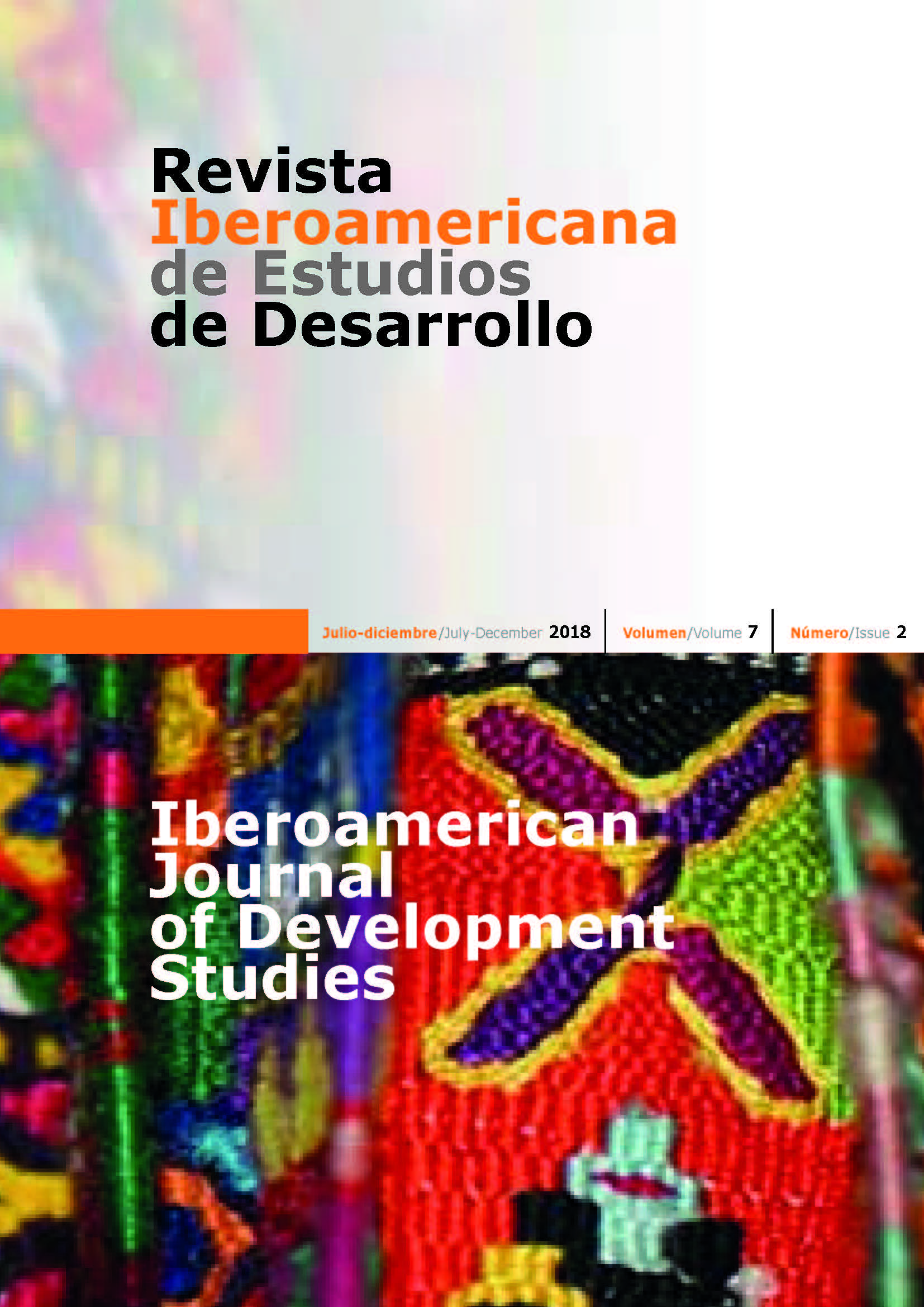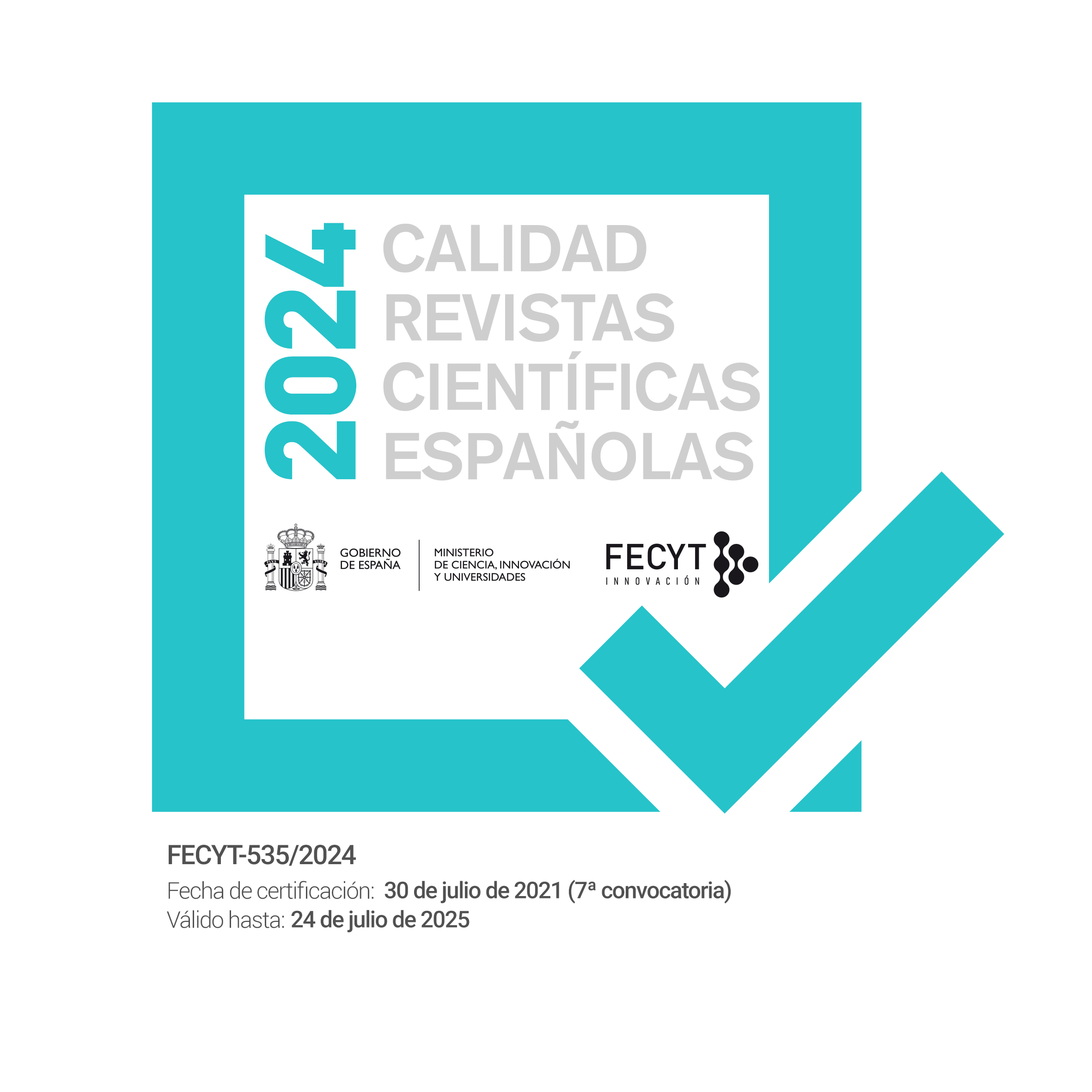Measuring resilience properties of household livelihoods and food security outcomes in the risky environments of Ethiopia
DOI:
https://doi.org/10.26754/ojs_ried/ijds.252Palabras clave:
resiliencia de los sustentos diarios, teoría de la resiliencia, teoría de carteras, seguridad alimentaria, EtiopíaResumen
Con este estudio de caso, realizado en la región de Amhara (Etiopía), se pretende contribuir a los esfuerzos para medir y evaluar el grado de resistencia de los sustentos económicos de los hogares construidos en ambientes de riesgo. Así, se proporcionan nuevos conocimientos para evaluar la vulnerabilidad de los medios de subsistencia y diseñar programas de fortalecimiento de la resiliencia en áreas de crisis alimentaria prolongada. Basándonos en la teoría de la resiliencia aplicada a los sistemas socioecológicos, y aplicando la teoría moderna de carteras, adaptamos y medimos las cuatro propiedades de la resiliencia a los sistemas de medios de subsistencia y probamos las relaciones esperadas entre las propiedades predichas por la teoría de la resiliencia. Los sistemas de sustento de los hogares exhibieron el patrón esperado de conectividad creciente con el aumento de la riqueza (ingresos alimentarios). Del mismo modo, la resistencia de los hogares a la inseguridad alimentaria mejora con el aumento de la diversidad de opciones de medios de subsistencia y la disminución de la diversidad a partir del incremento de la conectividad del sistema. Este estudio muestra el uso de un conjunto de métricas con el fin de evaluar las propiedades de resiliencia de los sustentos del hogar basado en factores clave de conducción.Descargas
Descargas
Publicado
Número
Sección
Licencia
Derechos de autor 2018 Tesfahun Asmamaw Kasie, Enyew Adgo Tsegaye, Antonio Grandío-Botella, Isabel Giménez-García

Esta obra está bajo una licencia internacional Creative Commons Atribución-NoComercial-SinDerivadas 4.0.






